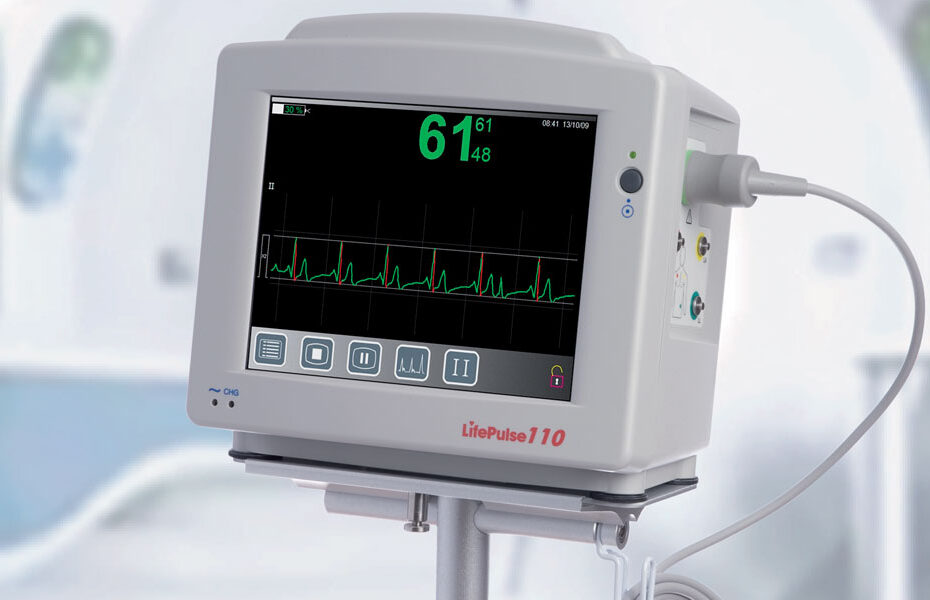Have you ever wondered how doctors keep a constant eye on the heart’s health? It’s all thanks to the evolution of cardiac monitors. From the basic models that recorded every heartbeat on paper to sophisticated systems that send information wirelessly, cardiac monitors have come a long way. Let’s dive into their fascinating journey and see how these devices have become a cornerstone in modern medicine.
A Brief History
In the early 1900s, the first electrocardiograph (ECG) was bulky and barely portable. It was a groundbreaking device that gave doctors their first real-time look at the electrical activity of the heart. Fast forward a century, and you find devices that are not just portable, but can also transmit data in real-time to healthcare teams across the globe.
Understanding the Basics
What is a cardiac monitor? Simply put, it’s a device that tracks the electrical and pressure activities within the heart, providing continuous monitoring that helps detect irregularities before they become serious.
Breakthroughs in Technology
The development of the transistor and later digital technology in the 20th century turned cardiac monitors into compact, reliable, and highly informative devices. This paved the way for advances in how heart data was collected and used.
From Wires to Wireless
Imagine not being bound by wires—a reality made possible by wireless technology. Today’s telemetry allows for patient mobility and has revolutionized the way cardiac monitoring is performed.
The Role of Smart Algorithms
With the advent of AI and machine learning, cardiac monitors can now predict potential heart issues before they occur. These smart algorithms analyze data far quicker than any human could, providing an extra layer of security.
Impact on Patient Care
The evolution of cardiac monitors has significantly improved the diagnosis and management of heart diseases. Real-time data and alerts allow for immediate responses, potentially saving lives.
Telemetry Today
Modern telemetry systems are capable of monitoring several patients at once, sending updates directly to a nurse’s station or even to mobile devices, ensuring constant supervision without constant physical presence.
Future Trends
What does the future hold for cardiac monitoring? Think smaller, faster, and more interconnected devices with capabilities we can only imagine—like integrating with the Internet of Medical Things (IoMT).
Choosing the Right Monitor
Not all cardiac monitors are created equal. Depending on your health needs or those of your loved ones, the choice of device can make a significant difference in the quality of care.
Cardiac Monitors in Emergency Care
In emergency situations, the speed and accuracy of cardiac monitors can mean the difference between life and death. Their role in ambulances and ERs is absolutely critical.
The Importance of Maintenance
Just like any medical equipment, cardiac monitors require regular maintenance to ensure accuracy and reliability. Neglect could lead to false readings or, worse, device failure.
Key Challenges and Solutions
Despite the advances, challenges like data security and device affordability remain. However, ongoing research and innovation are leading to viable solutions that promise to keep improving these life-saving tools.
The Global Market
The demand for advanced cardiac monitoring systems is growing globally, driven by an aging population and the rise in cardiovascular diseases.
Personal Stories of Impact
Hearing from individuals whose lives were saved or improved by cardiac monitoring can be incredibly inspiring. These stories highlight the profound impact of this technology on personal health.
Conclusion
The journey of cardiac monitors from simple, paper-based ECGs to advanced telemetry systems is nothing short of revolutionary. As technology continues to evolve, so too will the capabilities of these essential devices, promising a future where heart health is more manageable and monitored than ever before.
